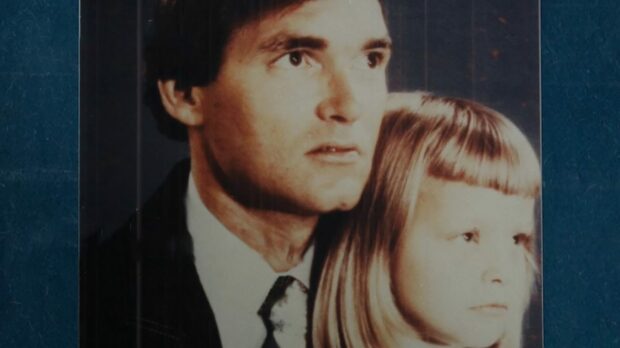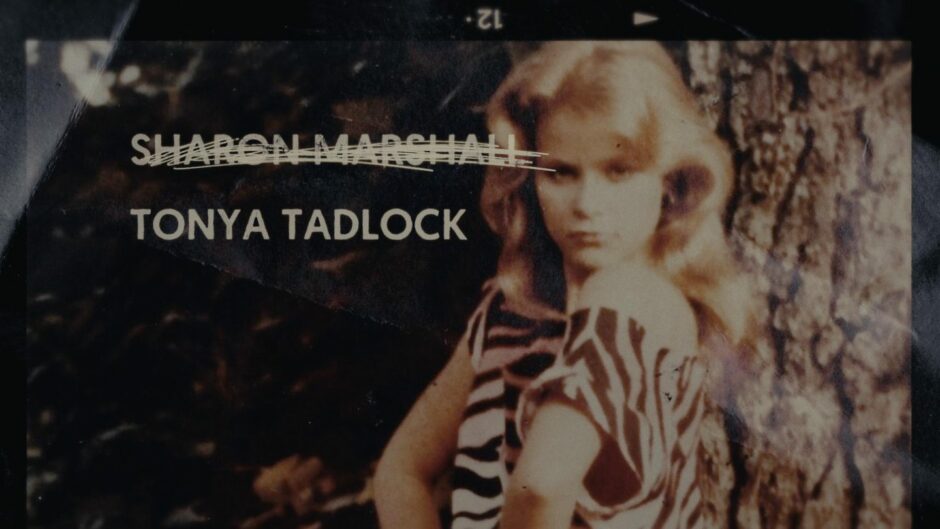Netflix’s harrowing new true crime documentary Girl In The Picture is another one of those stories that will leave your mouth agape.
The grim case begins with the seemingly ordinary hit-and-run of a stripper called Tonya Hughes in 1990.
I say ordinary, but viewers of these types of programmes know through bitter experience that things are never ordinary, and what’s about to unfold will more than likely horrify you.
Tonya’s abusive husband Clarence soon becomes prime suspect in her death but that doesn’t stop him fighting for custody of her two-year-old son, Michael.
Clarence takes matters into his own hands, kidnapping the boy and going on the run.”
When a paternity test eventually proves that he isn’t actually the father, Clarence takes matters into his own hands, kidnapping the boy and going on the run.
That’s a pretty dark development, but it’s only the start.
Soon the FBI discover that Tonya Hughes is a fake name and Clarence is actually called Franklin Floyd, a paedophile who once kidnapped a child and has been a fugitive since the early 1970s.
The good thing about Girl In The Picture is that it doesn’t make Floyd the focal point of the documentary.
It’s much more concerned about giving life to his victims, in particular Tonya, whose backstory is one of incredible abuse and suffering stretching all the way back to her childhood.
It’s a rare example of a Netflix crime documentary that isn’t lurid for lurid’s sake.
This isn’t one of those documentaries that is left frustratingly open-ended either. The central mystery – who is Tonya? – is solved by the end and the final scenes, where we see family members (many of whom never knew her) gather around her grave, are incredibly moving.
If your tolerance for disturbing stories is low, it’s probably best to avoid this, but it’s a rare example of a Netflix crime documentary that isn’t lurid for lurid’s sake.
You might also like…

